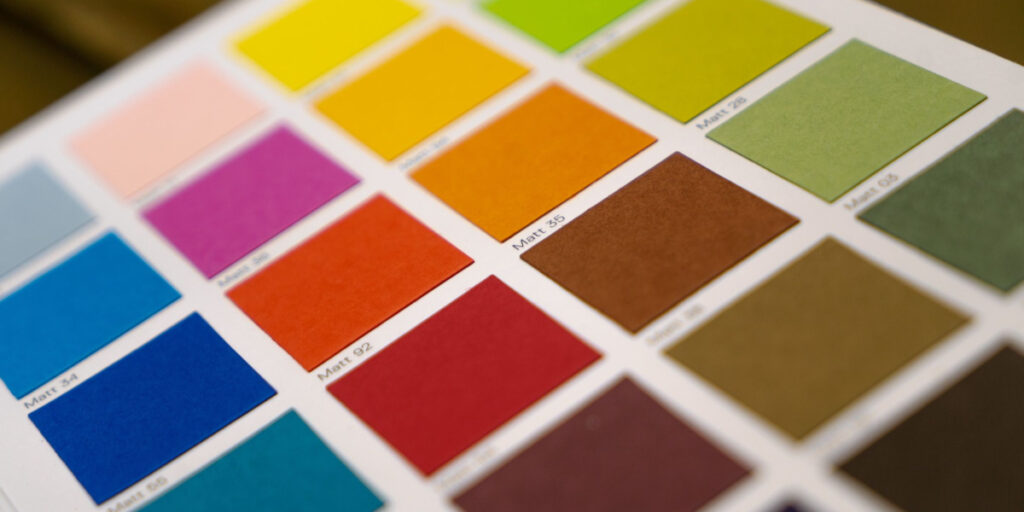How Lighting Affects Your Paint Colors

Choosing the paint color for your walls is as easy as finding a shade you like that works with your decor, right?
Wrong.
How your space is lit, as well as the type of lighting you have, plays an important part in choosing what shades and colors you need to use on your walls. If you select the wrong color for the type of lighting you have, your walls may look washed-out no matter what time of day it is.
How Lighting Impacts a Color’s Appearance
Have you ever gotten dressed in low light only to discover, once you’re in the office, that that pair of pants you put on is brown instead of black?
This effect is caused by illuminant metamerism, which means that colors take on different hues when they’re exposed to different colors of light.
That means the dusty blue you’ve chosen could look great in your living room in the evening, but once it’s exposed to all the natural lighting of day, it completely changes character. To prevent this from happening, it’s important to look at potential paint colors under a variety of lighting conditions so you can see how the color is impacted and whether you need to change something.
Never simply purchase paint after only looking at the store’s sample. Bring a swatch home and look at it in the room you’re planning to paint, at different times of day.
How Sunlight Affects Paint Colors
For better or worse, the natural light that comes in through windows, skylights, and doors will show the truest version of your paint color.
When planning to paint a room that will largely be viewed in natural light, consider how many windows you’re dealing with and how large they are, as well as the type of daylight the room receives.
Here are some things to keep in mind when selecting paint for a room with a lot of natural light:
- Windows that face the south will receive the most intense natural light, and lighting can be harsh in the early afternoon. Light neutral or pale colors can become washed out, and darker colors can be more intense.
- North-facing rooms receive indirect natural light, and get the most consistent soft lighting throughout the day. Because of this, light colors will be more muted, while dark colors can appear darker.
- Rooms with east-facing windows will get lots of natural light in the early mornings, but lose daylight after noon. Dark colors in these rooms will be more intense early in the day, but may become drab as the natural light leaves.
- West-facing windows won’t receive a lot of light early in the day, but do often see a lot of richer, warmer yellow light with sunset. On sunny days, this can cause yellow or red tones on walls in these rooms to become overwhelming.
Paint a few swatches on the walls in rooms with natural light and observe them over the course of a few days, at different times of day, to get the best feel for the character of your colors.
How Artificial Light Affects Paint Colors
Light bulbs are rated based on their temperatures — the lower the temperature, the warmer the light.
In rooms with light bulbs between 2,700K and 3,000K, you need to take the room’s warmer tones into consideration when choosing paint colors. And as your room’s light bulbs get closer to 5,000K, the closer you are to natural light. Another thing to factor in is the color rating index (CRI) of your room’s lights.
This scale, which ranges from 50 to 100, bulbs with a higher number are going to be closer to recreating natural lighting conditions.
Rooms with higher CRI or bulb temperature will make darker paint colors brighter, and may cause lighter colors to look washed out.
DIY Stair Refinishing Systems
If you’ve just painted that entryway and have noticed that your stairs could use a little love, consider NuStair. Our DIY stair refinishing system can give you beautiful hardwood stairs in as little as one weekend, for less mess and cost than other methods. Get a quote today!

